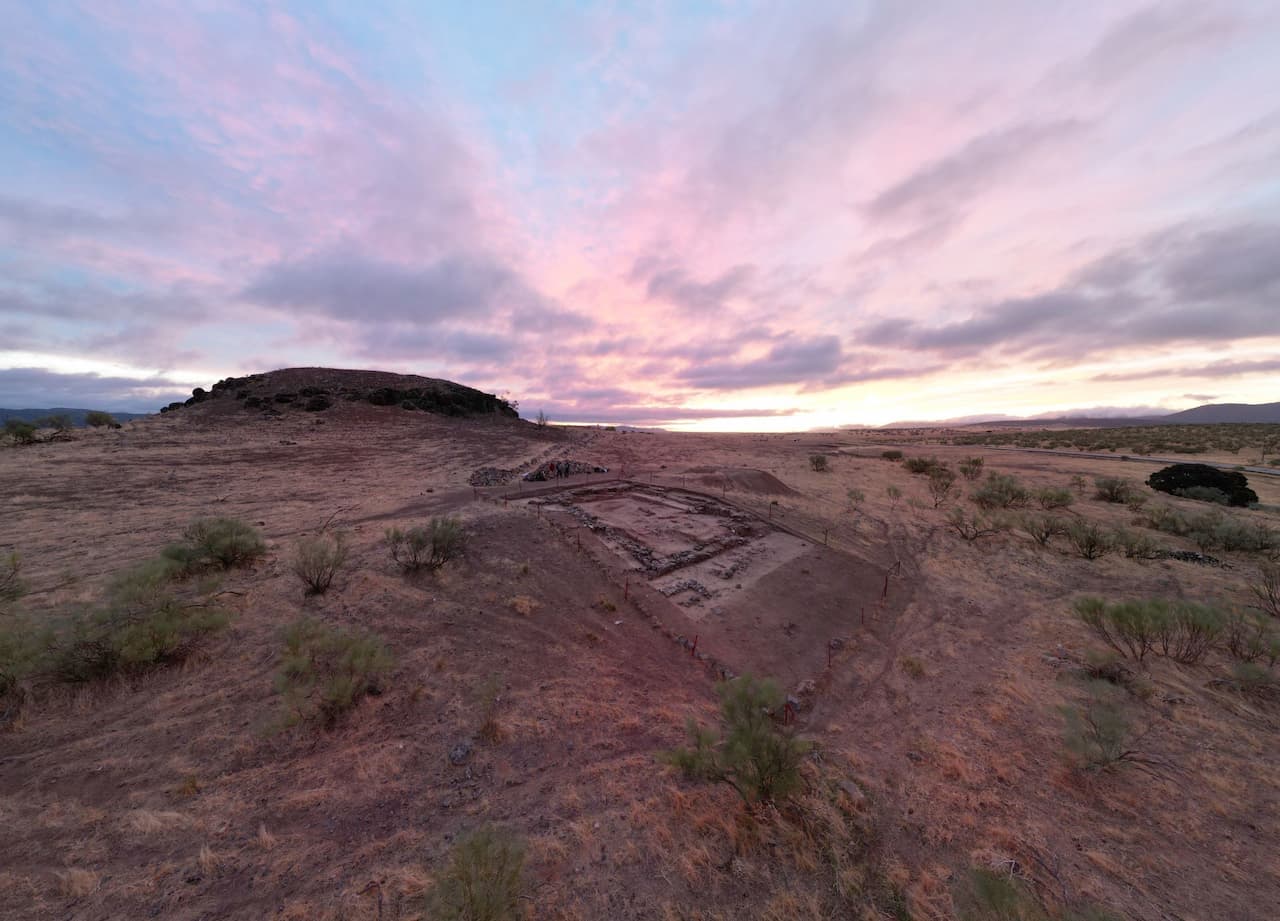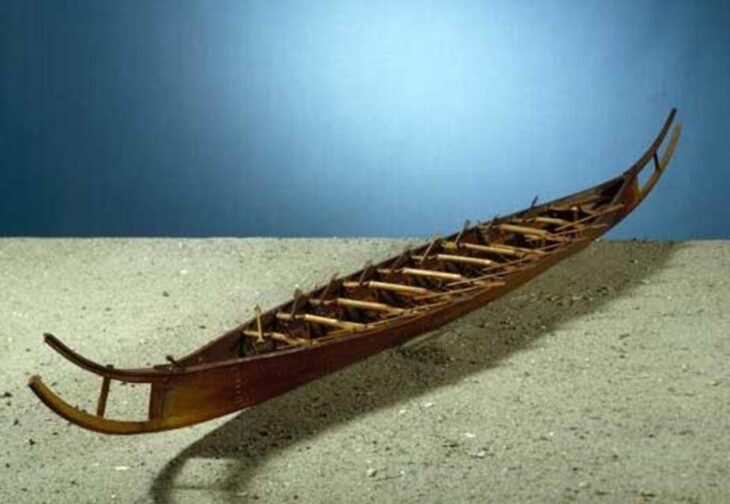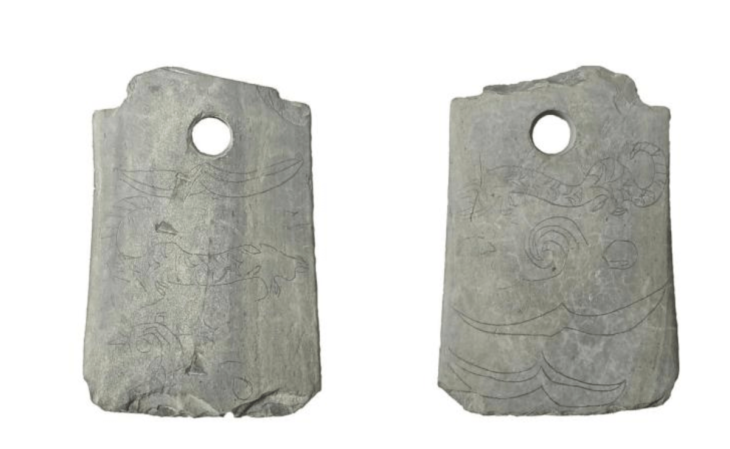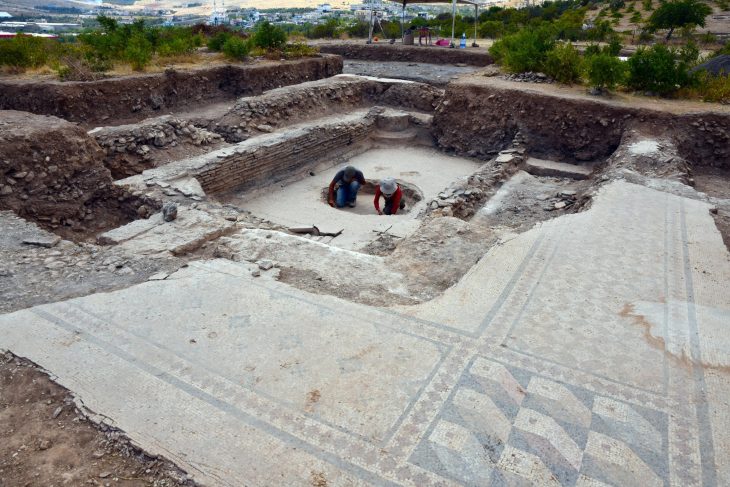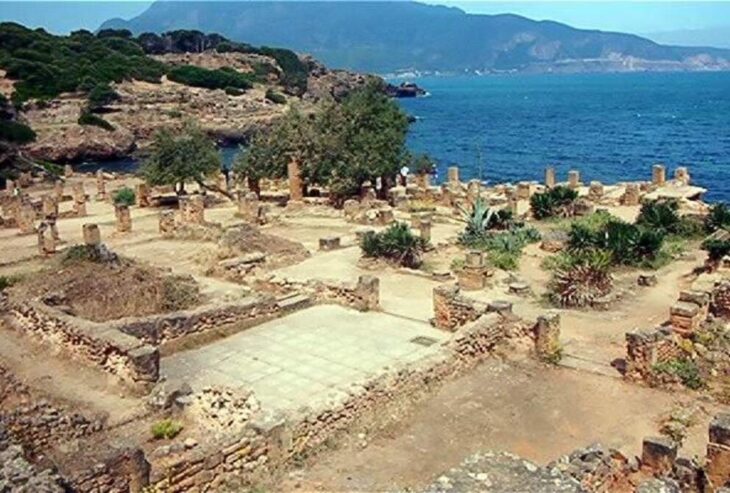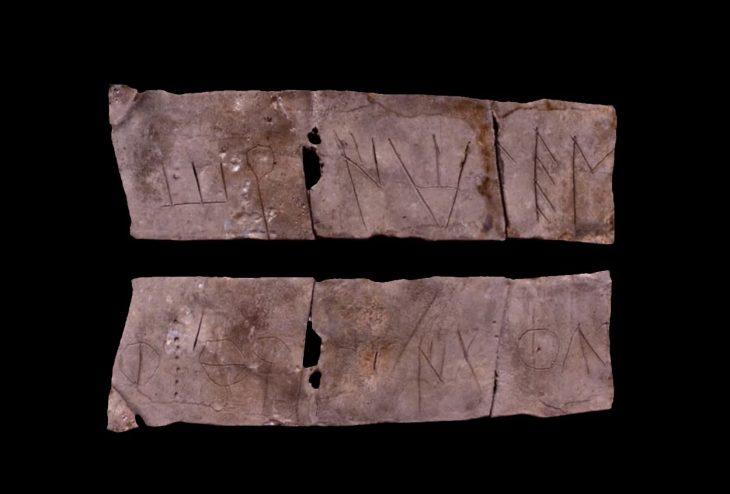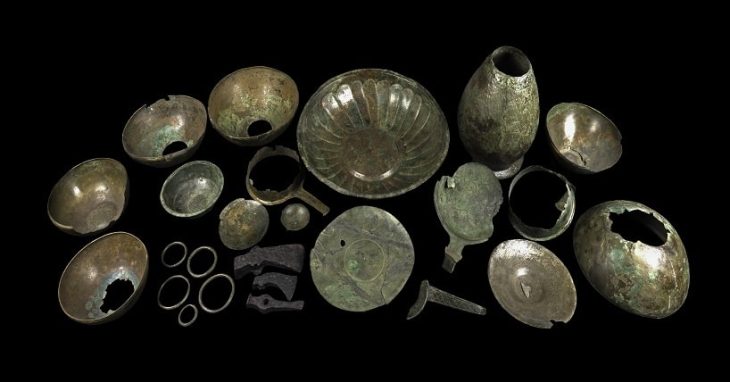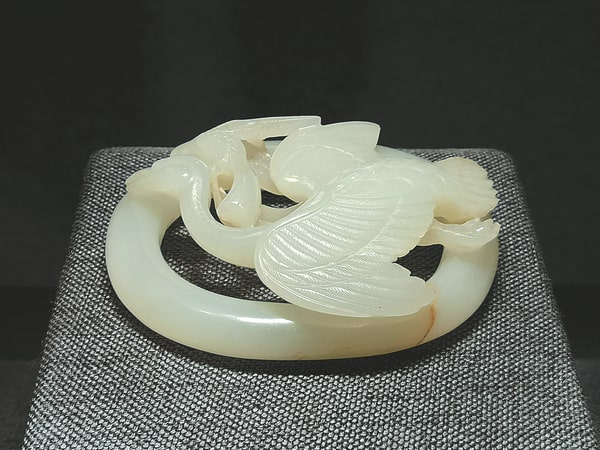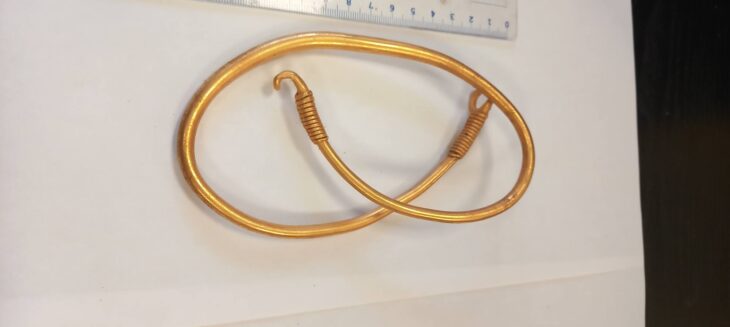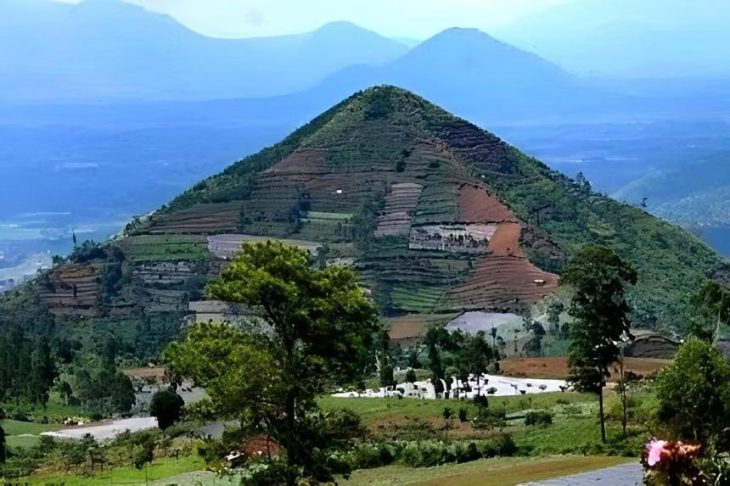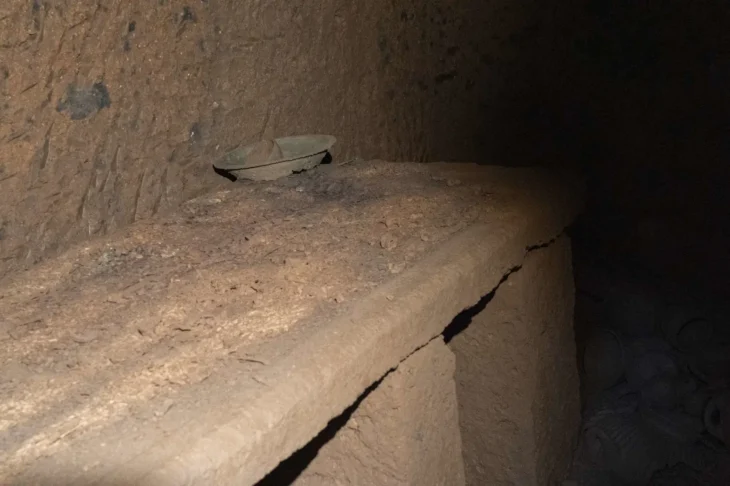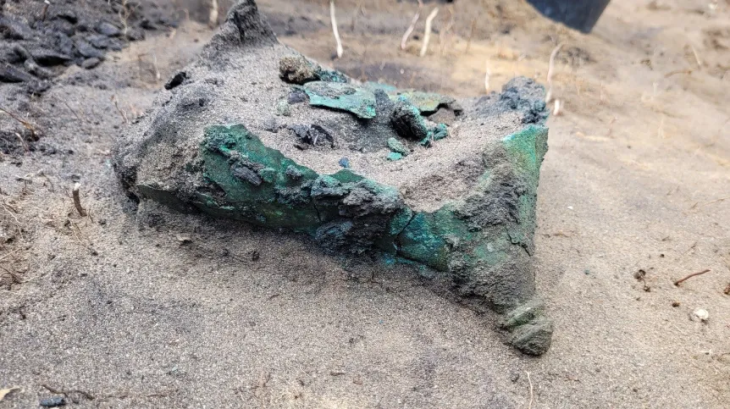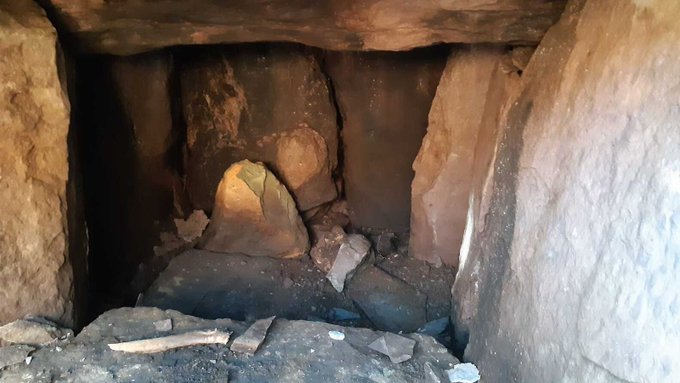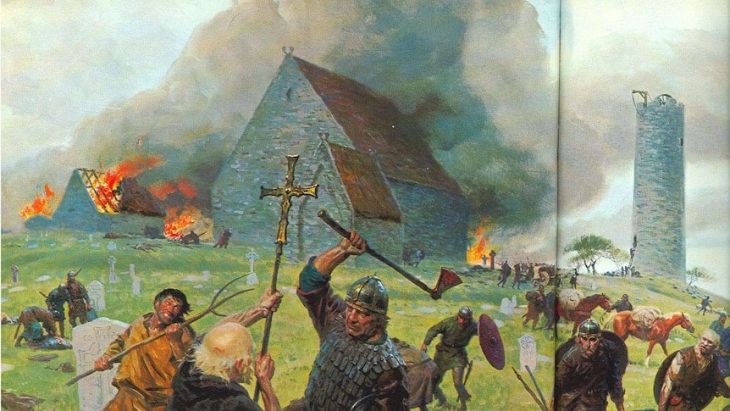A research team led by the National University of Distance Education (UNED) has made an important archaeological discovery at the La Bienvenida-Sisapo site in Almodóvar del Campo, Ciudad Real, Spain, revealing artifacts and structures that provide significant insights into the religious practices and societal dynamics of the Tartessian culture.
This finding is reshaping our comprehension of the Tartessian culture’s expansion into the Iberian Peninsula during the Iron Age.
Recent excavations, part of archaeological heritage research initiatives in Castilla-La Mancha, have unveiled the remains of a substantial religious structure rooted in Eastern traditions, dating back to the 7th century BCE. This discovery not only affirms the presence of Tartessian people in the area but also highlights their pursuit of new mineral resources beyond their established territories.
Strategically located on an elevated site adjacent to a volcanic formation known as the eastern “castillejo” of La Bienvenida, the sanctuary exhibits architectural and ritual features that connect it to other religious centers within the Phoenician-Tartessian sphere.
Among the notable findings is a ceremonial altar designed in the shape of an outstretched bull’s hide, a characteristic element of Tartessian sanctuaries previously documented at significant sites like Caura (modern Coria del Río, Seville) and Malaka (Málaga).
📣 Our WhatsApp channel is now LIVE! Stay up-to-date with the latest news and updates, just click here to follow us on WhatsApp and never miss a thing!!
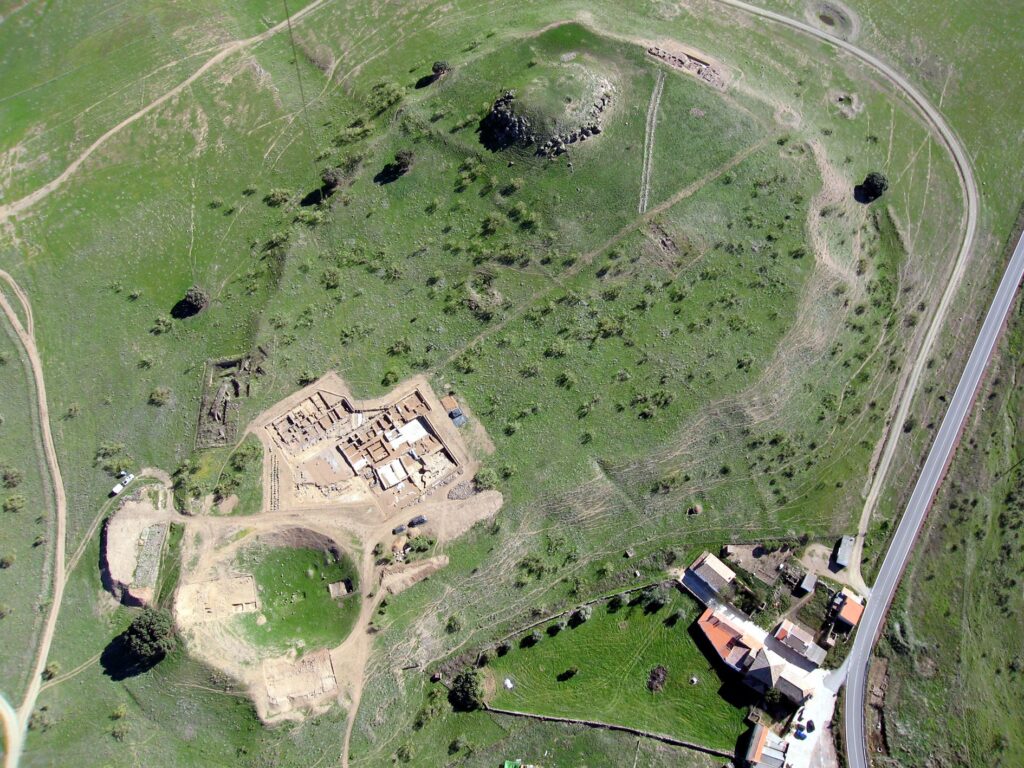
The thorough archaeological investigations have revealed various phases of the building’s use, spanning from the mid-7th to the mid-6th century BCE. These findings illustrate how the sacred site underwent multiple renovations, adhering to a meticulous process of dismantling, cleaning, and preparing for new constructions—reflecting the profound respect and significance this site held for its users.
The recovered artifacts have provided compelling evidence of the building’s religious function and its connections to the Mediterranean world. Among the most significant discoveries are fragments of Proto-Corinthian Greek ceramics, utilized in ritual banquets, and chardon vessels, large containers linked to the worship of the Phoenician goddess Astarte.
Additionally, basalt baetyls representing deities have been uncovered, alongside various metallurgical artifacts, including crucibles, tuyères, and copper and lead slag.
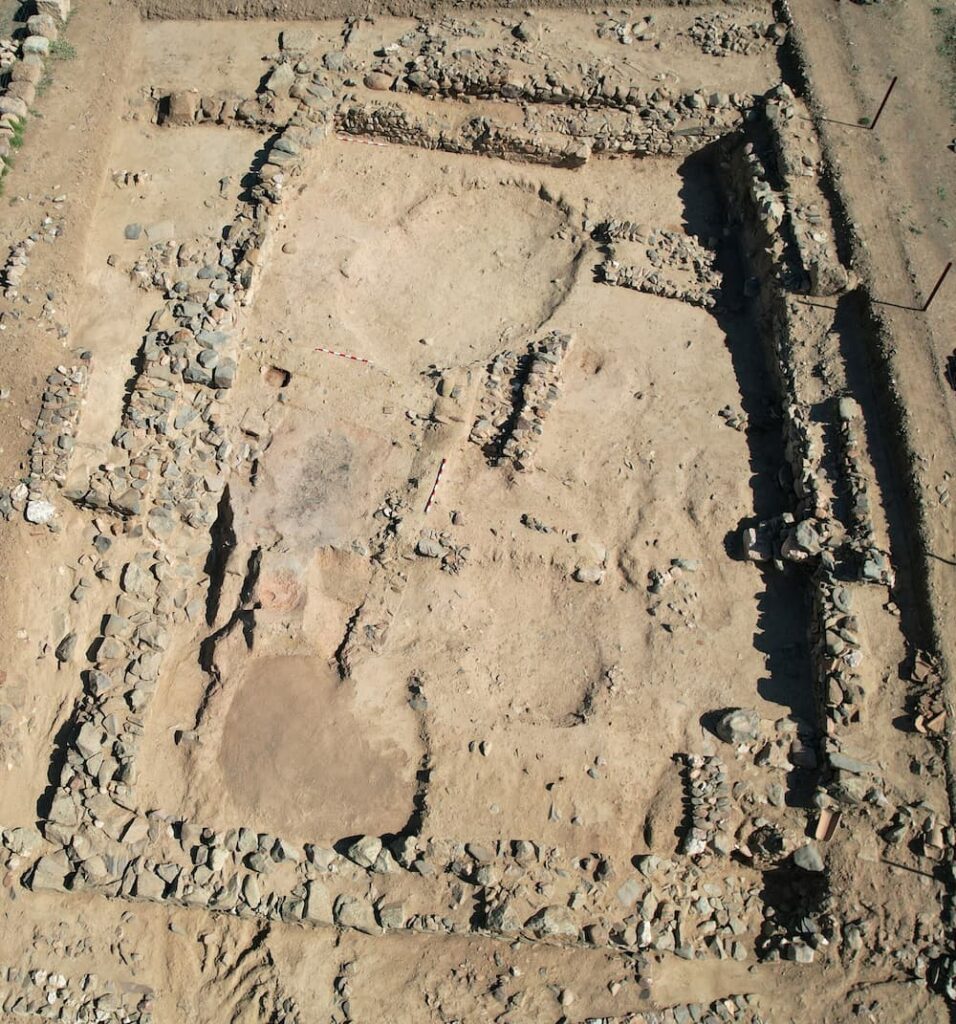
One of the most intriguing aspects of the discovery is a ritual dump containing extensively manipulated animal bones, along with symbolic items such as marine shells and modified goat astragali, potentially used in divination practices. This assemblage offers valuable insights into the ritual customs and economic foundations of the protohistoric population of Sisapo.
The implications of this discovery are profound for understanding urbanization processes in the inland peninsula. Professor Mar Zarzalejos Prieto, the project’s lead researcher, notes that the establishment of Sisapo was part of a Tartessian strategy to control local mineral resources—including silver, lead, cinnabar, mercury, and copper—and to integrate them into Mediterranean trade networks influenced by the Phoenicians.
The ongoing research involves a multidisciplinary team, including experts from UNED, the Autonomous University of Madrid, and other institutions, with financial backing from the Junta de Castilla-La Mancha, the Ministry of Science, Innovation and Universities, and the Almodóvar del Campo City Council.
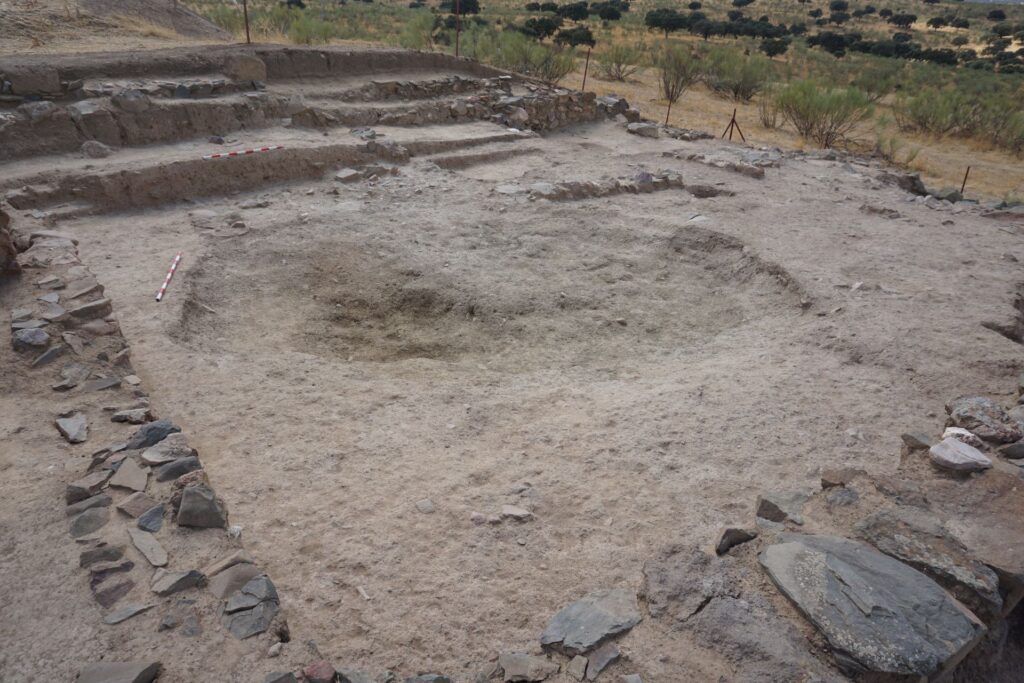
The findings from this project are illuminating a crucial period in the peninsula’s protohistory and enhancing our understanding of the early Iberization processes that would eventually contribute to the development of the Oretan culture in subsequent centuries.
Department of Education, Culture and Sports of Castilla-La Mancha (Consejería de Educación, Cultura y Deportes de Castilla-La Mancha)
Cover Image Credit: Mar Zarzalejos Prieto, Germán Esteban Borrajo / Consejería de Educación, Cultura y Deportes de Castilla-La Mancha

